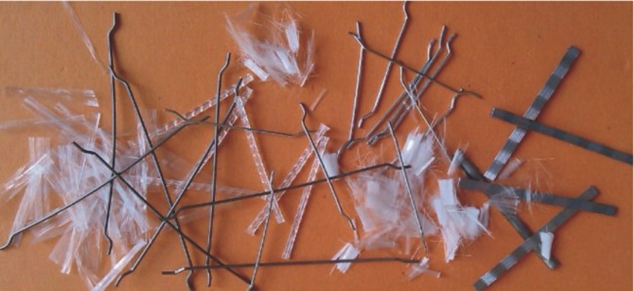Traditional concrete has widespread usage across building and roadway construction and is known for its superior structural strength. But what if we told you that it could have even more resiliency without the need for rebar? Fiber-Reinforced Concrete (FRC) technology incorporates micro and/or macro synthetic or steel fibers into the concrete mix itself for added resistance to deterioration, as outlined and specified in ASTM C1116.
What is Fiber-Reinforced Concrete?
Applications for Fiber-Reinforced Concrete
Fiber-Reinforced Concrete has universal applications where strength and crack-resistance are needed, including:
- Vehicular uses such as roadways, bridges, parking garages, and driveways
- Structural walls, including with Insulated Concrete Forms (ICFs)
- Shotcrete for foundations
- Precast concrete
Benefits of Fiber-Reinforced Concrete
Fiber-Reinforced Concrete offers numerous short-term and long-term benefits to the building owner, contractor, and ready-mix concrete producers. Learn more here.
